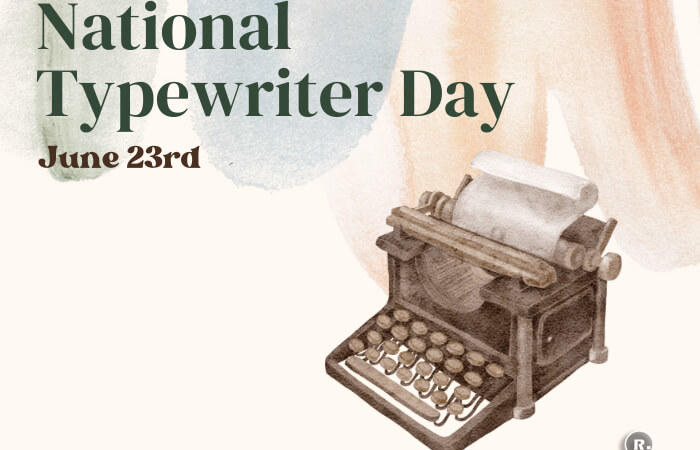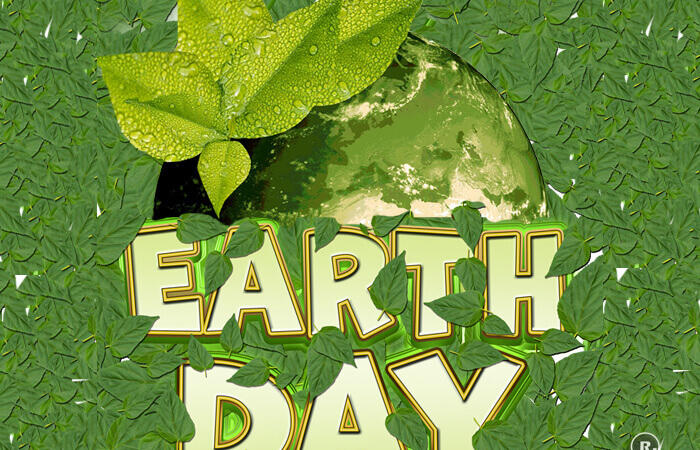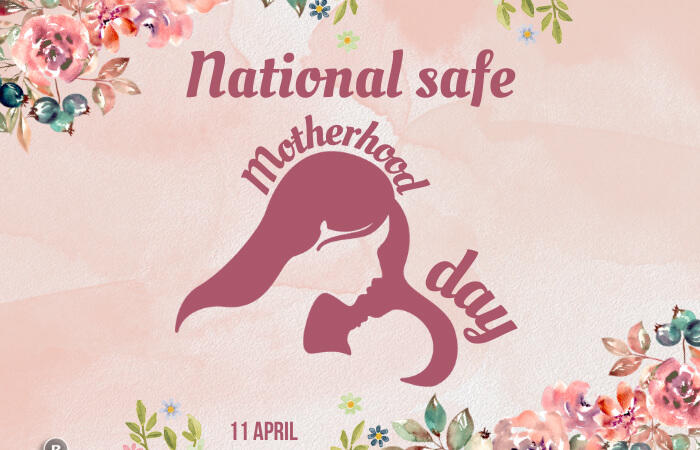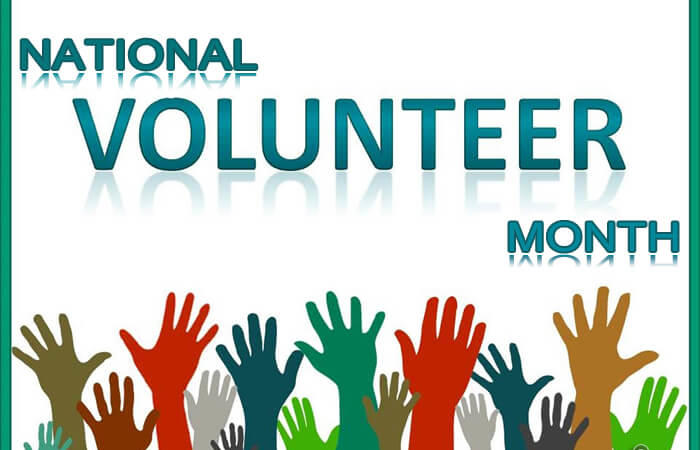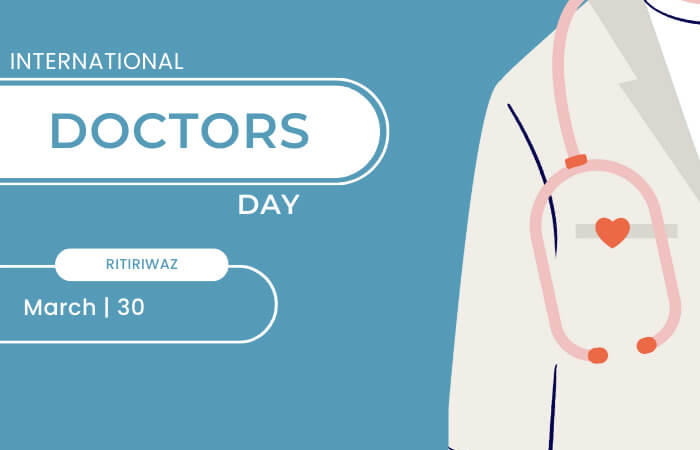Hiroshima Day And Nagasaki Day

Hiroshima Day commemorates August 6, 1945, the day when an atomic bomb was dropped on the Japanese city of Hiroshima, followed a few days later on August 9, 1945, another dropped on the city of Nagasaki which is observed as Nagasaki Day. The day is to remember the victims of the bombing and to promote world peace and create awareness about the hazards of Nuclear Power and nuclear weapons.
Atomic Bombing
As World War II was entering its sixth year, Nazi Germany had surrendered in May but the Japanese refused to accept the terms of surrender. The United States called for the unconditional surrender of the Japanese armed forces in the Potsdam Declaration on July 26, 1945. Failure to comply would result in “prompt and utter destruction,” but Japanese armed Forces refused to surrender.
The target committee of the Allied forces selected Hiroshima and Nagasaki for their importance and industrial and military facilities and the order for the atomic bombing was issued on 25th July. On 28th July 1945, the Japanese government rejected the declaration of the unconditional surrender presented by the allied leaders, Franklin Roosevelt (the United States), Winston Churchill (Great Britain), and Joseph Stalin (the Soviet Union) of World War II.

The tragedy in Hiroshima that occurred on August 6th, 1945 in Japan is one of the biggest bombings of history that killed thousands of people. The first nuclear bomb was named “Little Boy“, a uranium gun-type bomb, from a modified B-29 bomber named Enola Gay, under colonel Paul Tibbits was chosen to drop the first bomb on Hiroshima at 1900 feet above the city of Hiroshima. This opened the nuclear weapon age in the history of humanity.
According to most estimates, the bombing of Hiroshima killed approximately 70,000 people due to the immediate effects of the blast. The estimate of total deaths by the end of 1945 was “140,000” due to burns, radiation, and related diseases. Most deaths and injuries occurred when people were trapped in their houses or were struck by debris. Of the city’s 90,000 buildings; 60,000 were destroyed. This left many survivors homeless.
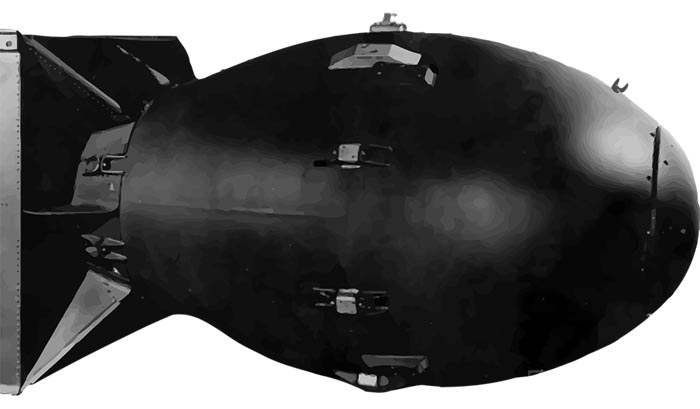
Three days after its Aug. 6, 1945, bombing of Hiroshima, the United States dropped a second atomic bomb on Nagasaki. The bomb was named “Fat Man“, it was a plutonium implosion bomb. Under the two gigantic mushroom clouds, approximately 280,000 citizens in Hiroshima and 240,000 in Nagasaki were suddenly thrown into chaos and agony. A total of approximately 140,000 in Hiroshima (Hiroshima 1971) and 73,000 in Nagasaki (Nagasaki, 1977) died instantaneously or within five months due to the combined effects of three components of physical energy generated by nuclear fissions: blast wind (pressure), radiant heat, and ionizing radiation.
Japan surrendered on August 15, ending World War II and, more broadly, its aggression toward Asian neighbors that had lasted nearly half a century. Emperor Hirohito accepted the Potsdam Declaration.
The attacks on Hiroshima and Nagasaki marked the first time for atomic bombs in warfare. The survivors of the bombings, though may not have died, are still suffering from the mental and physical consequences of radiation to this day. The bomb blasts have left psychological as well as physical scars on the survivors and the cities.
The bombings of Hiroshima and Nagasaki are special not because of the numbers that died nor because of the extent of the destruction, but because of their symbolism. They have come to stand for the future that we want to avoid in a way that some of the other horrors cannot.
The event will remain a permanent scar on the history of human civilization. Hiroshima and Nagasaki Day is a yearly reminder that nuclear weapons cause the kind of destruction that lasts for generations and echoes through time. On this day of solemn remembrance, we remember the destruction wrought on Hiroshima, on Nagasaki, and we pray “never again.”
Suggested Read: Causes Of First And Second World War
Nuclear-Test-Ban Treaty
The origins of the treaty lay in worldwide public concern over the danger posed by atmospheric radioactive fallout produced by the aboveground testing of nuclear weapons. The Treaty was adopted by UN Resolution 50/245 on 10 September 1996 and opened for signature by all states two weeks later, on 24 September 1996. The CTBT prohibits nuclear weapon test explosions as well as other nuclear explosions wherever they occur – underground, underwater, and in the atmosphere.
President Kennedy outlined 4 political advantages. The treaty would be a step towards:
1. reducing world tension.
2. freeing the world of fears and dangers of radio-active fall-out.
3. preventing the spread of nuclear weapons, and
4. a limitation to the nuclear arms race.
All five nuclear weapons states recognized under the Nuclear Non-Proliferation Treaty (China, France, Russia, the United Kingdom, and the United States) signed the treaty, with 66 other states following that day. As of February 2021, 185 states have signed and 170 states have ratified the treaty. Most recently, Cuba signed and ratified the treaty in February 2021.
Suggested Read: Important Days In August

